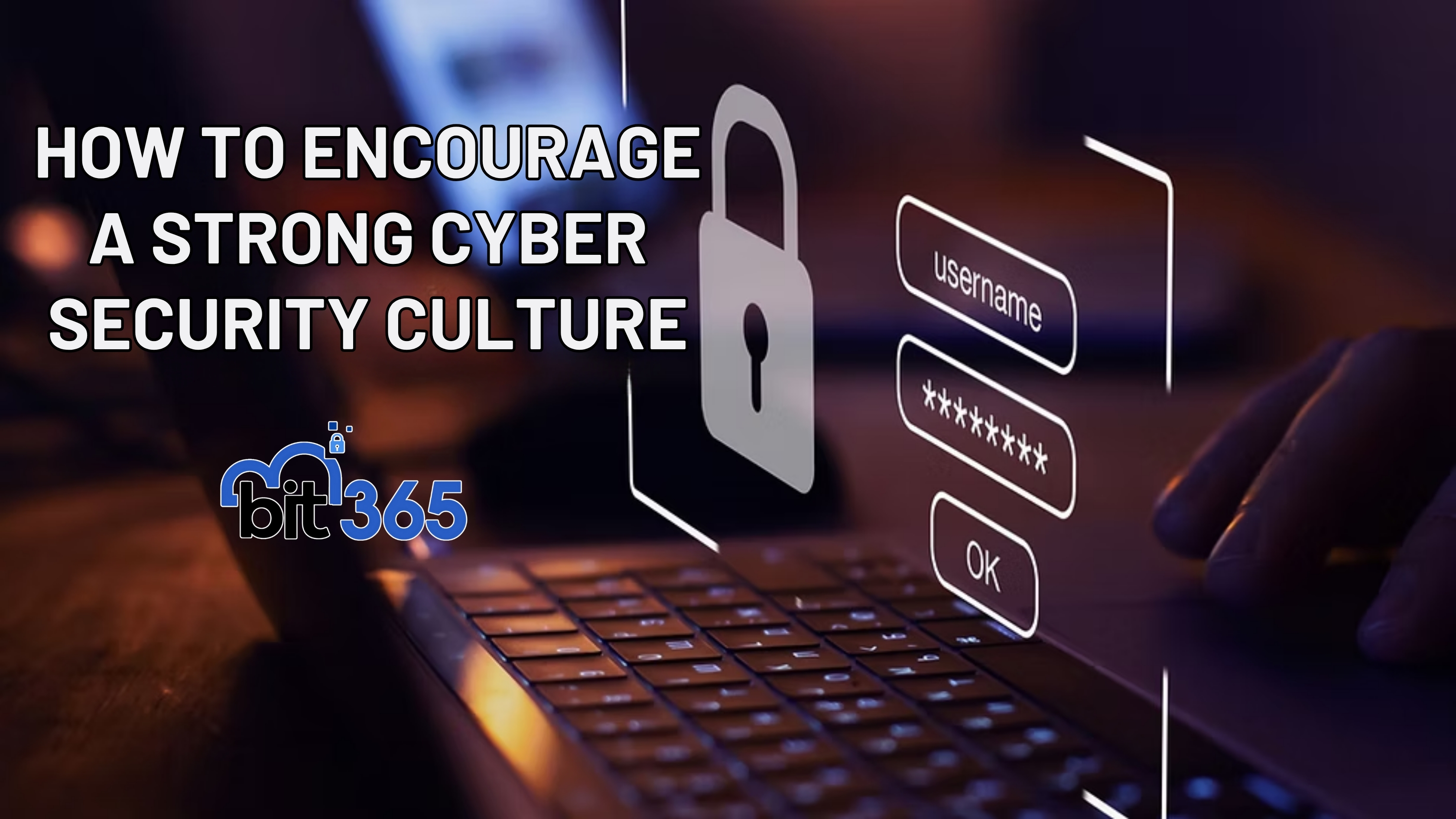
Got IT issues slowing you down? We provide both on-site and remote support across Australia, so help is never far away.
Whether you've accepted it at your business or not, remote work is only going to grow and become a necessity for businesses to offer partial or full remote.
If you currently offer remote work or looking at potentially expanding this option, there are a few key items to consider. Let's lay out the most important aspects:
1. Hardware
2. Access
3. Security
User’s computers should be:
1. Laptop
or
2. Desktop at work AND home
Allowing personal devices opens your organisation to risk that can easily avoidable
For desktop, it's easy. Identical setup at your business and at their home
For laptop, here is the perfect setup:
1. Powerful laptop
2. USB Docking station - These are easier and more compatible than the old school “docking stations”
3. Dual Monitors - Now they have 3 monitors!
That's it! Simple and easy. They unplug their laptop and connect the USB port and are instantly running at home.
VoIP Phones: This is listed under hardware, but physical phones are quickly becoming obsolete. Download the included software phone and provide an inexpensive headset for your employees and they easily take their work phone with them on their computer!
There are lots of ways to make access easy without sacrificing security. Having your employees connect to the office to a physical server is the “old school” method that many businesses are still utilising. Consider moving to SharePoint.
With SharePoint, folders can sync to the file explorer, so it looks just like what they’re used to! That data is then backed up, just like a server would be.

However, you may have business specific applications that is not cloud based and requires a server. These are becoming rarer but may still be applicable. I don’t want to get too technical, so you can reach out and we can provide an audit on the best solution for accessibility.
Moving to a hosted (cloud) solution or ensuring remote access for your users to your server onsite would be the primarily recommendations here.
As mentioned, you don’t want users accessing company data on their personal devices. There are very easy force functions your IT provider can implement to ensure this is not occurring.
As more devices move away from the umbrella of the firewall (firewall is a physical device on your network that “filters” your internet data and protects computers at your business) you will need to ensure your security is focused on the computer and laptop, rather than the office location.
Okay, I hope I didn’t lose you here. Here is a quick infographic explaining what I mean:
(Show a simple network typology with a firewall at the front circled)
(Show another diagram with just the computer with an outline of the necessary cybersecurity layers needed)
Simple right? When the firewall is not there, the computer/laptop security needs to be improved.
How do we improve the computer/laptop security?
There’s a lot that we do, and I’m sure your current provider may do too. Here is a quick summary of the highest benefit lowest impact layers you need to have in place:
There are more layers to consider, but these are the non-negotiables.
Moving to an increased remote workforce should not be a scary proposition. If you make it easy for yourself and your employees, it will improve your business. Ensure employees have strong KPIs and that you have an IT team with ample experience in consulting and implementing these types of setups.

Got IT issues slowing you down? We provide both on-site and remote support across Australia, so help is never far away.
BIT365 offers a full range of managed IT services, including cybersecurity, cloud solutions, Microsoft 365 support, data backup, and on-site or remote tech support for businesses across Australia.
No. While we have a strong presence in Western Sydney, BIT365 supports businesses nationwide — delivering reliable IT solutions both remotely and on-site.
We pride ourselves on fast response times. With remote access tools and on-site technicians, BIT365 can often resolve issues the same day, keeping your business running smoothly.
BIT365 combines local expertise with enterprise-grade solutions. We’re proactive, not just reactive — preventing issues before they impact your business. Plus, our friendly team explains IT in plain English, so you always know what’s happening.
